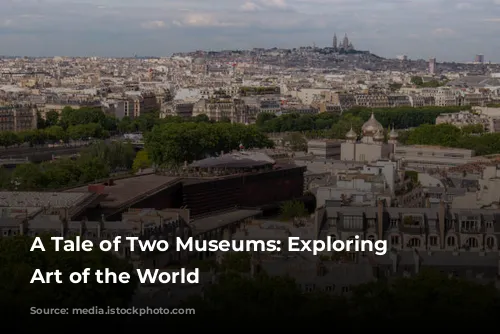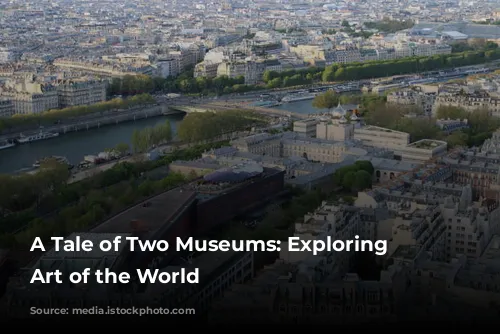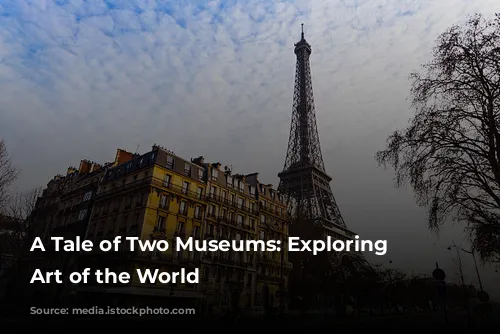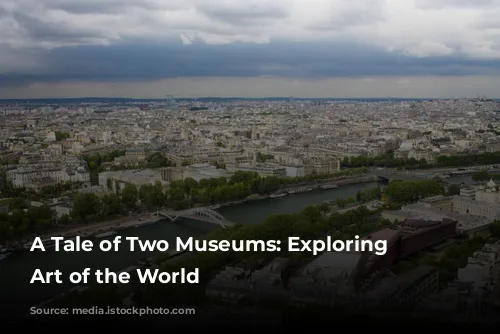Museums, like any cultural institutions, are a reflection of the times. They showcase not just the objects they display, but also the values and perspectives of the people who curate them. This exploration examines two museums on opposite sides of the Channel, each grappling with the complex history of collecting and presenting “primitive art”.

The Power of the Past
Captain Cook, renowned for his voyages of exploration, was captivated by the artistic expressions he encountered in the Pacific. One particular treasure, a wooden bowl supported by figures with wide eyes, stood out to him. This bowl, a testament to the craftsmanship of the Pacific Islanders, exemplifies the artistry that drew Europeans to these far-off lands. Their arrival, however, marked a turning point, ushering in a period of immense cultural upheaval.
This era of colonialism not only resulted in violence and disease, but also led to the destruction of traditional beliefs through forceful conversions to Christianity. Ironically, this very same contact created a treasure trove of premodern art, now crucial for understanding and appreciating these lost cultures.

The Contested Gaze
Museums, as repositories of this history, are caught in a constant struggle between presenting the past and confronting its complexities. The British Museum, with its collection of sacred objects from the Pacific, highlights the ongoing debate about the ownership and representation of cultural heritage. This debate reached a fever pitch with the opening of the Musée du Quai Branly in Paris, a museum dedicated to the “arts and civilizations of Africa, Asia, Oceania and the Americas.” Critics accused this museum of perpetuating colonial prejudices by labeling its collection as “first arts”, a term viewed as condescending and inaccurate.
The very existence of this museum became a battleground, with critics arguing that it reinforced outdated stereotypes and failed to acknowledge the dynamism and contemporaneity of these cultures. The Musée du Quai Branly, however, countered this critique with the exhibition “D’un Regard l’Autre”, which aimed to examine the Western gaze on these cultures and the impact it has had on art.

A Journey Through Art and Culture
Stepping into the Musée du Quai Branly is an experience unlike any other. The museum’s organic architecture, a testament to its ambition and vision, seamlessly blends with the verdant park surrounding it. The visitor is greeted by a dramatic circular ramp, leading upwards to a flowing space that allows for a unique journey through diverse cultures.
This immersive experience is unlike the more traditional, compartmentalized displays found in many museums. Here, art is presented in its full glory, free from the constricting confines of display cases. Instead, visitors are invited to contemplate the objects in dramatic settings, intimate close-ups, and poetic juxtapositions.

Beyond Stereotypes: Embracing the Mystery
The Musée du Quai Branly, in its bold approach, challenges the prevailing trend of curating “primitive art” through the lens of social anthropology. Instead of seeking to explain, categorize, and simplify the art, the museum chooses to present it as an art form in its own right, showcasing its aesthetic power and evocative nature. The museum, therefore, acts as a platform for experiencing art, not explaining it.
This approach, while controversial, acknowledges the inherent mystery and richness of these cultures. The museum’s refusal to impose a rigid narrative allows the viewer to engage with the art on a deeper level, fostering a sense of wonder and discovery.
A Legacy of Inspiration
The Musée du Quai Branly’s influence extends beyond its walls, reminding us of the enduring legacy of “primitive art” on modern Western art. The exhibition “D’un Regard l’Autre” showcased the deep connection between European avant-garde artists and their fascination with African and Oceanic art. From Matisse and Picasso to Claude Lévi-Strauss, the impact of these cultures on modern art is undeniable.
The museum’s celebration of art from across the globe, presented with a bold and captivating approach, serves as a reminder of the interconnectedness of art and culture. By challenging traditional notions of museum display, the Musée du Quai Branly not only showcases the richness of global art but also redefines our understanding of its significance.
